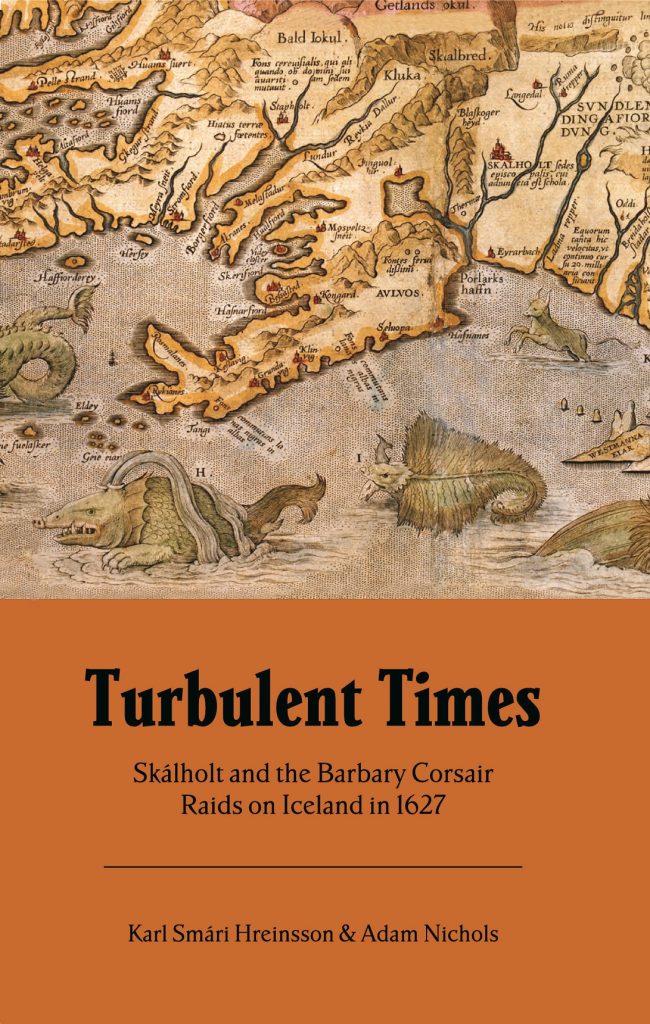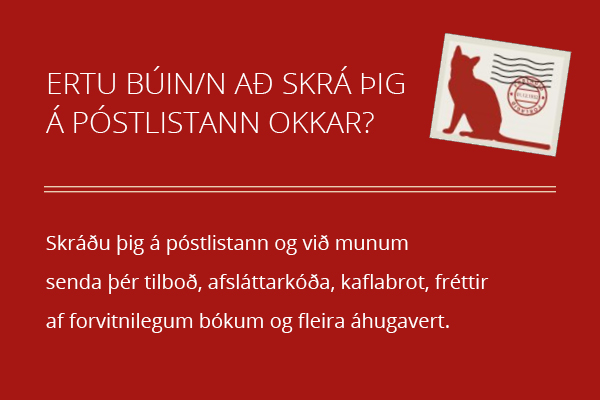Turbulent times: Skálholt and the Barbary Corsair Raids on Iceland in 1627
| Gerð | Útgáfuár | Síður | Verð | Magn | |
|---|---|---|---|---|---|
| Kilja | 2023 | 228 | 2.190 kr. |
Turbulent times: Skálholt and the Barbary Corsair Raids on Iceland in 1627
2.190 kr.

Bæta á óskalistaEr á óskalista Bæta á óskalista
| Gerð | Útgáfuár | Síður | Verð | Magn | |
|---|---|---|---|---|---|
| Kilja | 2023 | 228 | 2.190 kr. |
Um bókina
In the early seventeenth century, Skálholt—the seat of the Bishop of South, West, and East Iceland—was one of the largest communities on the island. It housed not only a cathedral but also a school (Skálholtsskóli). Graduates of Skálholtsskóli played important roles in Icelandic history, becoming Schoolmasters, Government Officials, and Bishops.
In the summer of 1627, some of them became captives of the infamous Barbary corsairs.
That summer, Barbary corsairs from Salé and Algiers raided Iceland, capturing close to 500 people—men, women, and children—and hauling them all back to North Africa to be auctioned off into slavery. This raid is known in Iceland as the Tyrkjaránið.
The Tyrkjaránið was unique in the history of the Barbary corsairs, for no other corsair expeditions ever travelled so far. It was unique for another reason as well. No other land raid by Barbary corsairs anywhere in the world is chronicled in so much detail.
A handful of those captured in the corsair raids happened to be graduates of Skálholtsskóli. Thanks to the education they had received, these men could write clearly and movingly about their experiences—and did so, recording not only the brutal events of the raids themselves but also the conditions of the enslaved Icelanders in North Africa.
This book explores for the first time the role played by Skálholt and Skálholtsskóli in the creation of these unique written accounts, presenting a description of Skálholt and the times in which it existed as well as the accounts themselves, translated from the original seventeenth century Icelandic.



Umsagnir
Engar umsagnir komnar